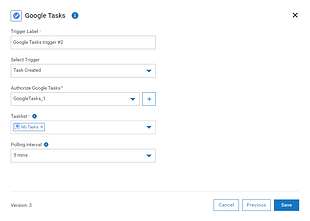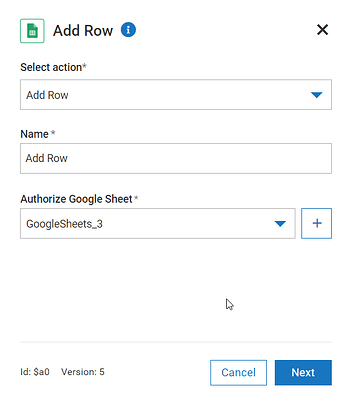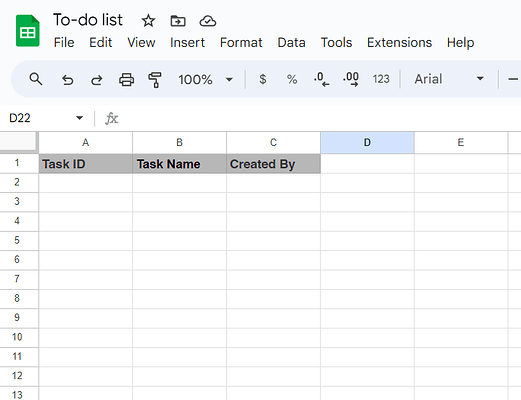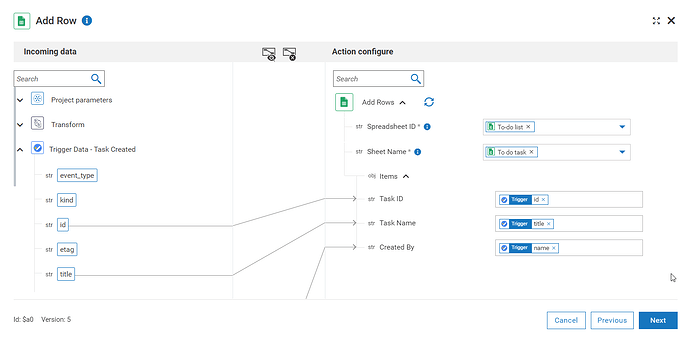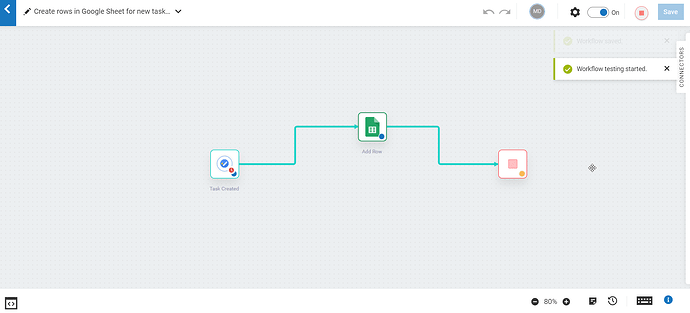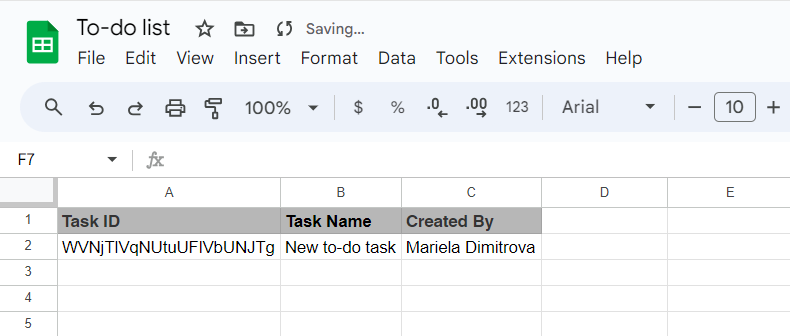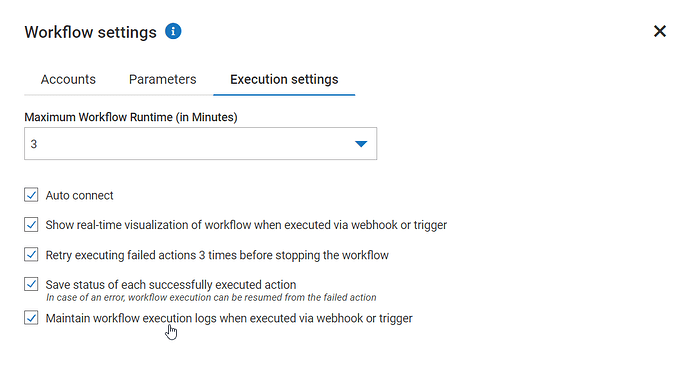Track your Google Tasks to-do list in Google Sheets with webMethods.io Integration
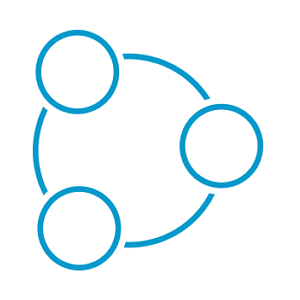 TECHcommunity_SAG
TECHcommunity_SAG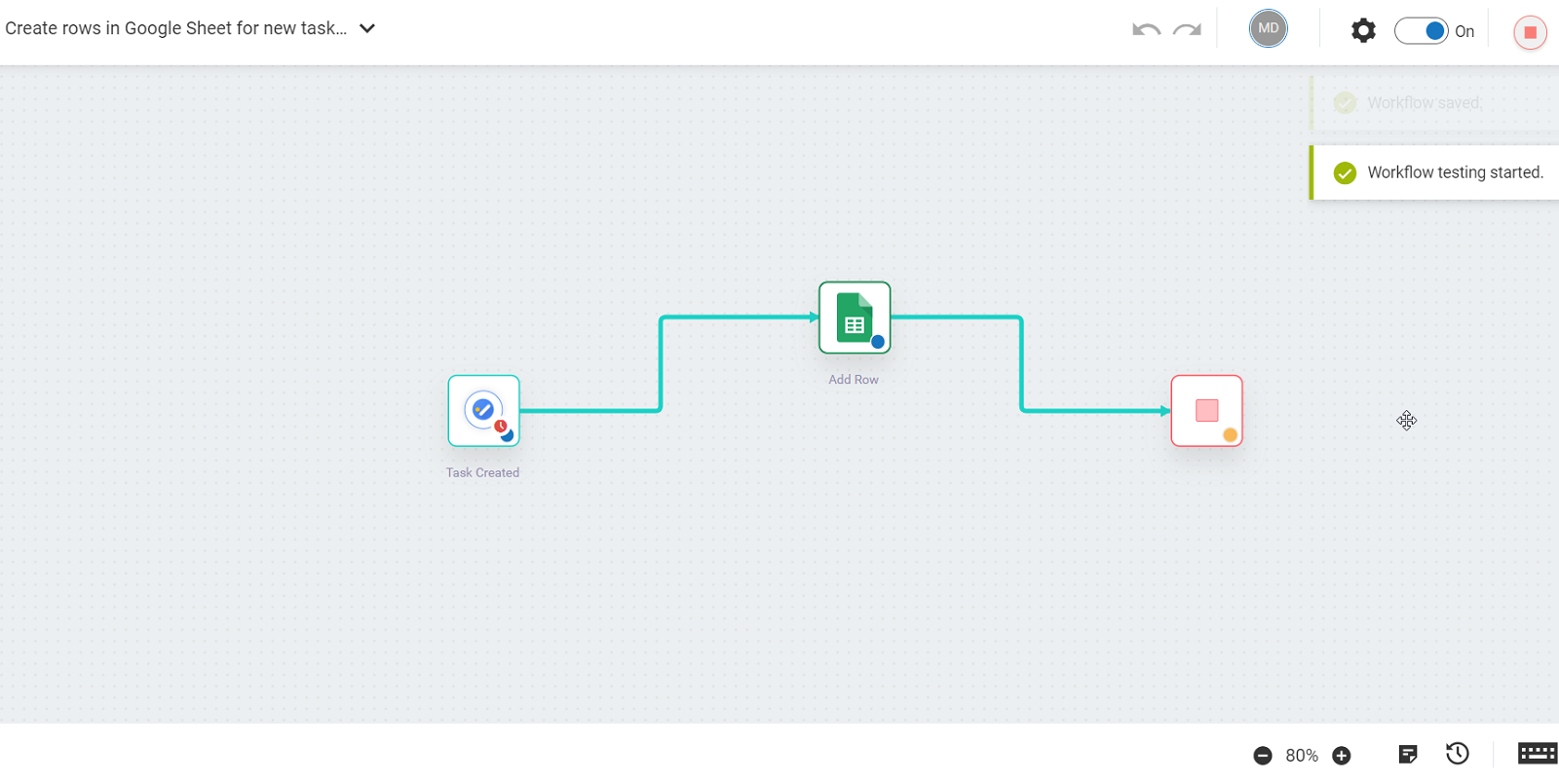
Overview
With a few simple steps, build a robust workflow that automatically adds new Google Tasks as rows in your chosen Google Sheet using webMethods.io Integration.
Prerequisite:
webMethods.io Integration tenant – sign up here for a free trial if you’re new (use the advanced form for more options).
Google account
Set up a trigger action
Login to your webMethods.io Integration tenant, create a new project or choose an existing one. Go ahead and get started by creating a blank workflow. If you need a refresher on how to get to this point, this guide can be a great introduction.
Click on the small setting icon on the Start step and choose the Google Tasks polling trigger.
Select Task created as a trigger and complete the authorization – connect webMethods.io Integration with your Google Tasks account and select a task list. Here, you can also set a polling interval from the dropdown menu - this time interval determines how often you want this trigger to check for new tasks.
Click Save. You should see the test trigger window.
To test your trigger, you need to perform the trigger action. Open your Google Task Manager and create a new task providing a Title, Description and Date/Time:
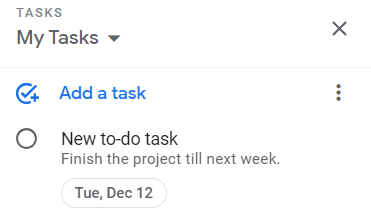
Go back to the webMethods.io Integration workflow and click Test. You should see the output data from the trigger which webMethods.io Integration will use to configure and test the rest of the workflow. Click Done.
Configure the spreadsheet connectors
Add the Google Sheet connector to the canvas with the drag and drop feature. This automatically connects with the trigger action.
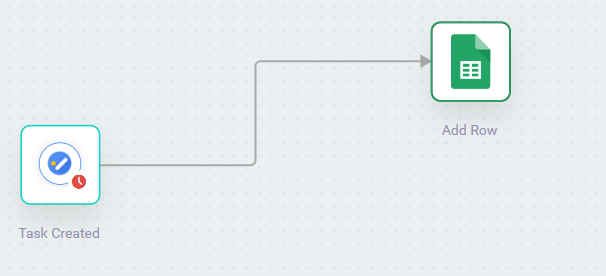
Click on the small settings icon on the Google Sheets connector, select Add row as action and complete the authorization – connect webMethods.io Integration with your Google account (check the following Tutorial - Using Google services with webMethods.io Integration).
Click Next.
Before you can proceed with the action configuration, you need to make sure you have already created a sheet containing several columns where you will store information about your tasks:
Now go back to the webMethods.io Integration action configuration and choose the spreadsheet ID and the sheet name. Use the Incoming data panel and the drag and drop feature to fill out the task information for each table column:
Click Next, Test and then Done.
Connect the Google Sheets connector to the Stop step. Don’t forget to save your workflow.
Test the workflow
You can now run the workflow using the play button in the right upper corner and review the result. If you have configured the workflow correctly, you should see the newly created row added to Google Sheets:
Now every time a new task is added to your Google Tasks list, a new row will be added to your Google Sheets. Please note that this may take some time.
Monitor the workflow execution
At the bottom-left corner of the screen you can find the Execution history of the workflow:
From here you can monitor the execution status and view error details if needed:
Please note that workflow execution logs must be enabled from the workflow execution settings:

Related articles
For more webMethods.io Integration workflow examples involving Google applications, refer to the following articles:
Sync Asana, Google Tasks and Toodledo tasks using webMethods.io Integration
Connect Mailchimp with Google Sheets/Excel Online or Smartsheet using webMethods.io Integration
Create Google Calendar events from Google Sheets with webMethods.io Integration
Integrate Evernote Reminders in Google Tasks with webMethods.io Integration
Integrate Outlook Calendar with Google Calendar through webMethods.io Integration
webMethods.io Integration workflow: Store Typeform entry data in Google Sheets or Excel Online
Subscribe to my newsletter
Read articles from TECHcommunity_SAG directly inside your inbox. Subscribe to the newsletter, and don't miss out.
Written by

TECHcommunity_SAG
TECHcommunity_SAG
Discover, Share, and Collaborate with the Software AG Tech Community The Software AG Tech Community is your single best source for expert insights, getting the latest product updates, demos, trial downloads, documentation, code samples, videos and topical articles. But even more important, this community is tailored to meet your needs to improve productivity, accelerate development, solve problems, and achieve your goals. Join our dynamic group of users who rely on Software AG solutions every day, follow the link or you can even sign up and get access to Software AG's Developer Community. Thanks for stopping by, we hope to meet you soon.

